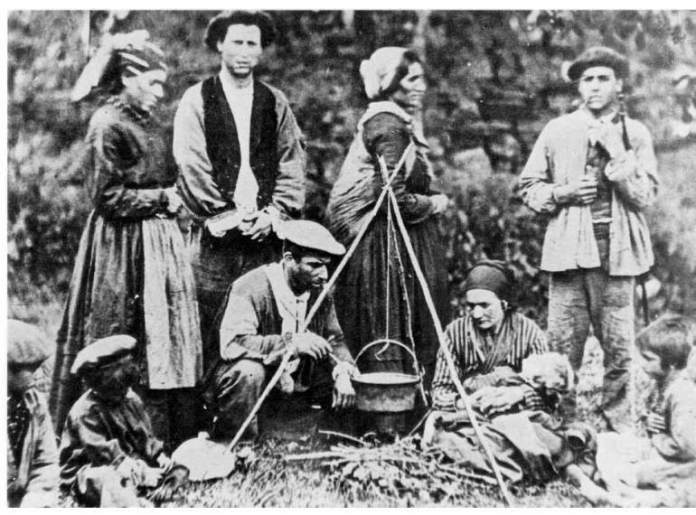Pidgins are languages that arise when two other languages come in contact. They are simplified languages to ease communication between two people that have otherwise very different languages, often to facilitate trade. As such, they are always second languages (never the mother-tongue of anyone). Given the extensive and often commercial travel of Basques, it is not surprising that several pidgins developed over time that involved Euskara, the Basque language. These pidgins developed in both Europe and the Americas.

- In their journeys ever westward in the search for new fishing and whale hunting grounds, the Basques stopped at Iceland, for the first time around 1600. There is an infamous episode, in 1615, where a number of Basque sailors, after stealing some dried fish from a local merchant, were massacred — the last massacre to occur in Icelandic history. This so-called “Slaying of the Spaniards” led to a law that said all Basques should be killed on sight, a law that was only formally repealed in 2015.
- During their interactions, the Basques developed a pidgin with the Icelanders. This pidgin included a number of colorful phrases, including the phrase “Sickutta Samaria” which Dr. Viola Giulia Miglio has concluded means “go shag a horse.” A more complete bibliography specifically on the Basque-Icelandic pidgin can be found at Euskosare. I first heard about these pidgins a number a years ago when I encountered the work of Peter Bakker.
- The Basques also developed pidgins with Native Americans, particularly the Algonquin peoples. The Basques and the Mi’kmaq people had a long history and, as might be expected, there was some intermarrying between the peoples. In fact, “Basque” is a somewhat common surname among the Mi’kmaq people. Some of the words from this contact actually made it into the Mi’kmaq language, including the Mi’kmaq words “atlei”, from the Basque “atorra (shirt)”, “elegewit” from “errege (king)”, and “Plansia” from “Prantzia (France).”
- Not exactly a pidgin, per se (though one can imagine it started out as one), the Romani who came to the Basque Country by 1435 developed their own language, now known as Erromintxela. This language essentially combines the vocabulary of the Romani with the grammar of Euskara. As noted by AboutBasqueCountry, not a whole lot has been documented about this language.
Discover more from Buber's Basque Page
Subscribe to get the latest posts sent to your email.


2 thoughts on “Basque Fact of the Week: Basque has Mixed with Several Languages”